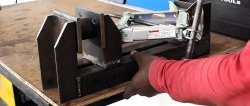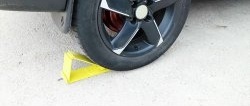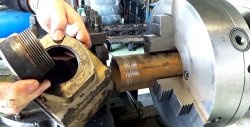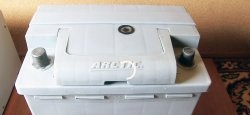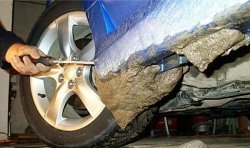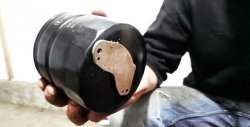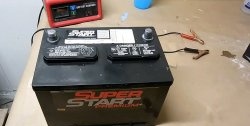Do-it-yourself lift for instantly jacking up a car
It will not be possible to quickly replace the wheels of a machine using a hydraulic or screw jack, since these mechanisms are not fast-acting. If you value your time, then in addition to a jack or stop, make a simple contraption that will help speed up the process of removing and installing car wheels. Moreover, this does not require scarce and expensive materials, tools and devices.
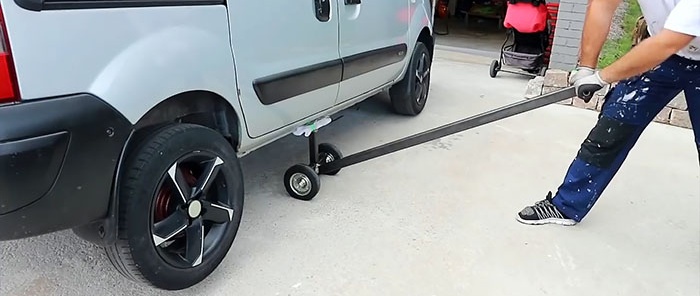
To make a homemade lift, we need to prepare the following materials:
To manufacture parts and assemble our homemade product, we cannot do without:
Let's start with the main unit, which will take the weight of the car and transmit it to the ground through the wheels.To do this, using a pendulum saw, we cut off a piece of a steel round pipe and a section of a profile pipe of exactly the same length.
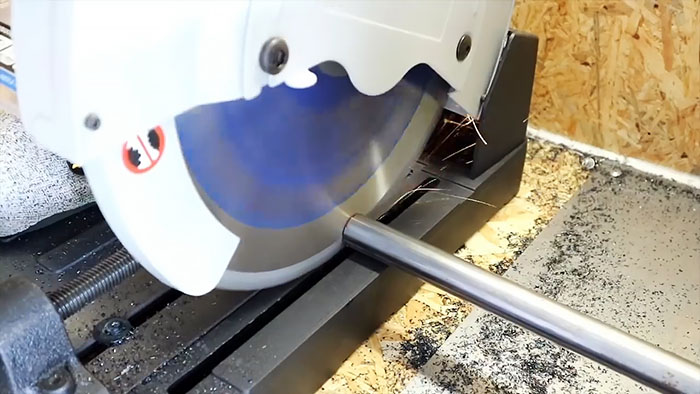
It is clear that the dimensions of these parts must be calculated in advance in order to withstand the load being lifted - in our case, at least half the weight of the car.
We insert the round pipe into the profile pipe and, having aligned the ends, securely weld them on both sides along the lines of contact in the transverse and longitudinal directions. This will be the horizontal power element of our device.
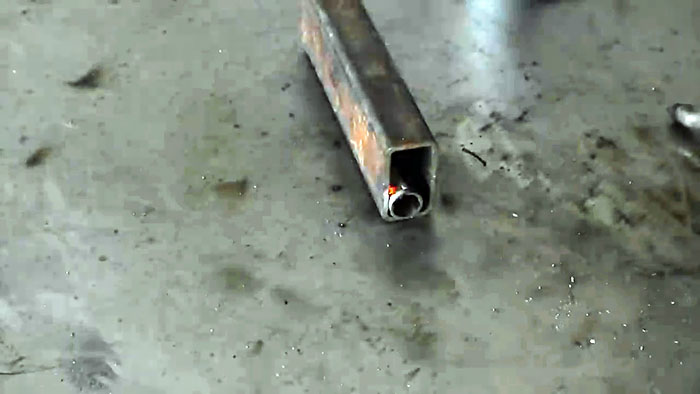
We cut off another piece of the profile pipe and weld it vertically in the center of the horizontal unit, consisting of a profile and a round pipe.
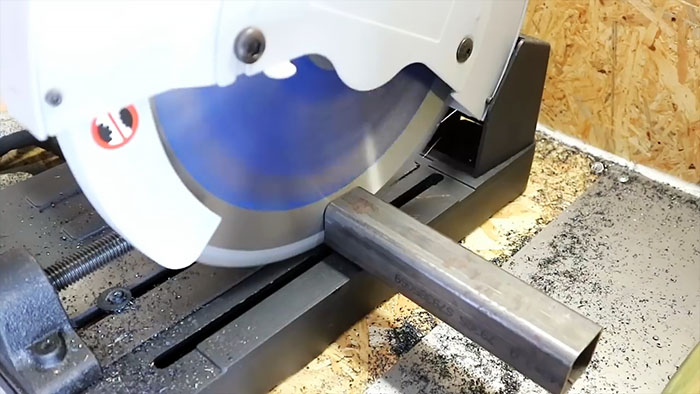
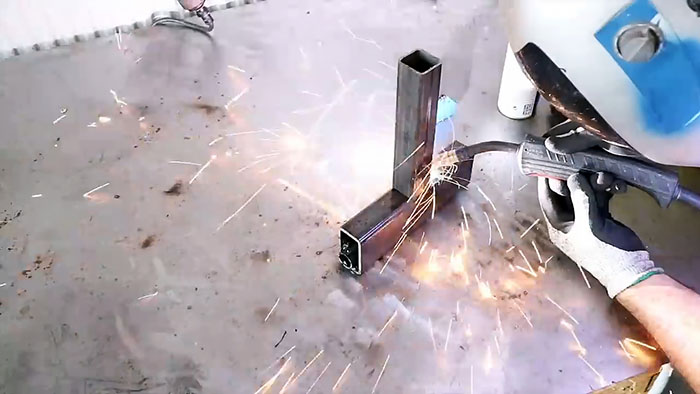
We measure and, according to the markings, cut off another estimated length of the profile pipe. Using a drill head, we make a through hole at one end of the machine.
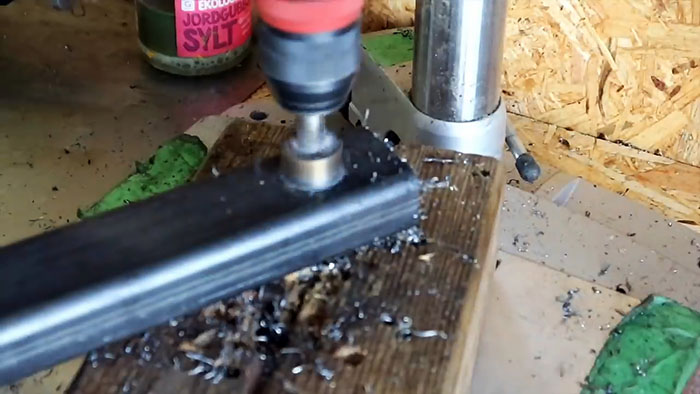
This part is the future lever for lifting the car, and the longer it is, the less effort this will require.
From a profile pipe installed at an angle to the pendulum saw disk, we cut off a fragment, which we weld to the upper end of the stand with a bevel outward.
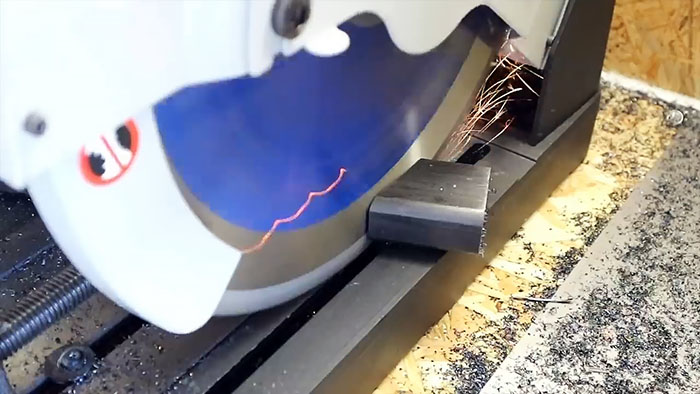
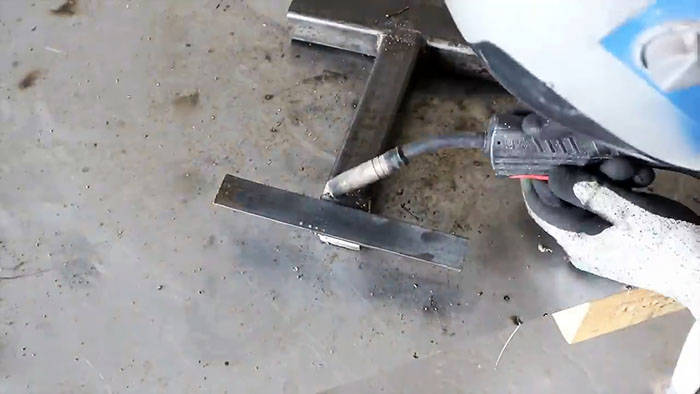
This will allow the element interacting with the machine assembly in a raised position to ensure horizontality.
We weld a piece of T-shaped profile to the oblique fragment parallel to the base, consisting of a profile and a round pipe.
We weld a lever handle to the side of the horizontal profile pipe under the vertical element at an angle.
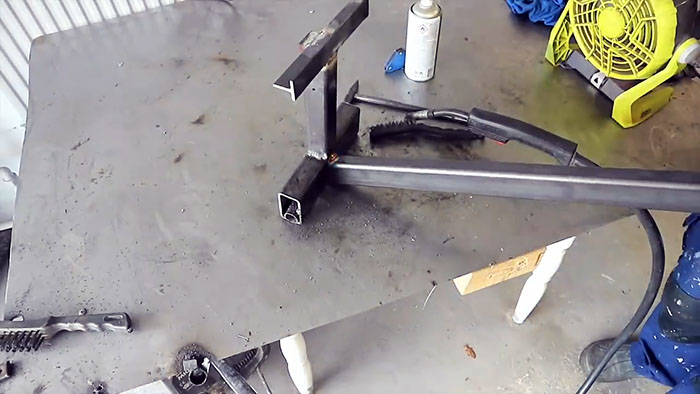
We insert a piece of round pipe into the hole at its other end and weld it on both sides. This transverse element is needed to apply hand force to the lever when lifting the machine.
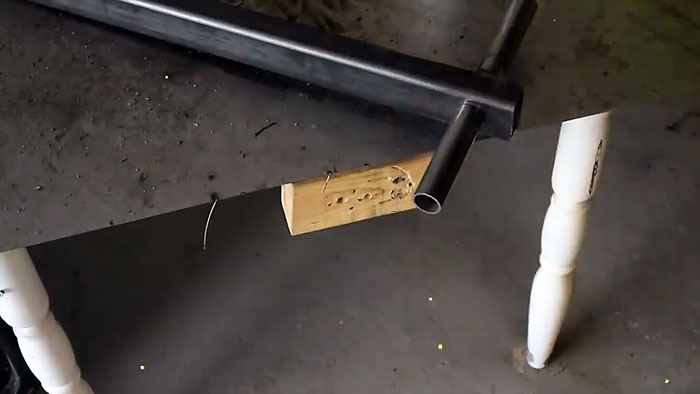
We insert a steel pin of the appropriate diameter and such a length into the round pipe welded inside the profile pipe that its ends protrude outward.
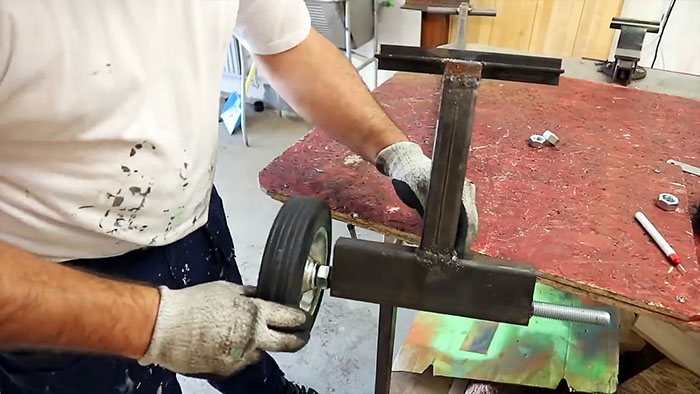
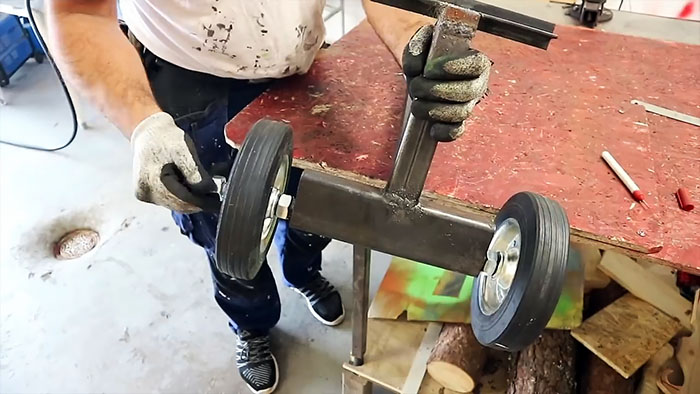
We screw the nut onto both ends until it stops, then install the tubeless wheels and tighten them with two other nuts. Our homemade lift is ready to go.
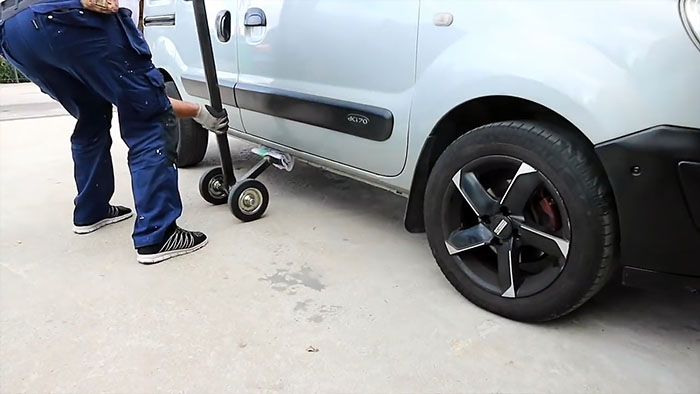
We bring it under the car and lean on the handle with the weight of our body. If, for example, the arm ratio of our lift is 10:1 (150 cm:15 cm), then with a body weight of 75 kg the lifting force will be 750 kg, which is quite enough to lift a medium-sized car.
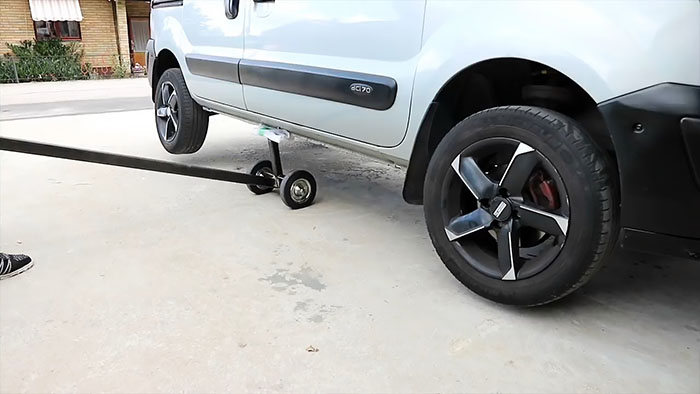
After lifting, holding our device, we install a jack or stop under the car and lower the weight of the car onto it.
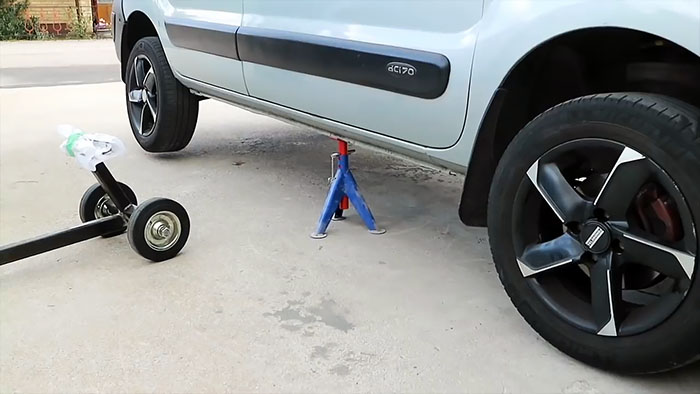
After completing the work, we again lift the car with our device and remove the jack or stop.

Will need
To make a homemade lift, we need to prepare the following materials:
- a piece of steel pipe;
- profile pipe;
- steel T-shaped profile;
- threaded steel rod and 4 nuts;
- two tubeless wheels.
To manufacture parts and assemble our homemade product, we cannot do without:
- pendulum saw;
- semi-automatic welding equipment;
- drilling machine with drill head.
Manufacturing of a high-speed lift
Let's start with the main unit, which will take the weight of the car and transmit it to the ground through the wheels.To do this, using a pendulum saw, we cut off a piece of a steel round pipe and a section of a profile pipe of exactly the same length.

It is clear that the dimensions of these parts must be calculated in advance in order to withstand the load being lifted - in our case, at least half the weight of the car.
We insert the round pipe into the profile pipe and, having aligned the ends, securely weld them on both sides along the lines of contact in the transverse and longitudinal directions. This will be the horizontal power element of our device.

We cut off another piece of the profile pipe and weld it vertically in the center of the horizontal unit, consisting of a profile and a round pipe.


We measure and, according to the markings, cut off another estimated length of the profile pipe. Using a drill head, we make a through hole at one end of the machine.

This part is the future lever for lifting the car, and the longer it is, the less effort this will require.
From a profile pipe installed at an angle to the pendulum saw disk, we cut off a fragment, which we weld to the upper end of the stand with a bevel outward.


This will allow the element interacting with the machine assembly in a raised position to ensure horizontality.
We weld a piece of T-shaped profile to the oblique fragment parallel to the base, consisting of a profile and a round pipe.
We weld a lever handle to the side of the horizontal profile pipe under the vertical element at an angle.

We insert a piece of round pipe into the hole at its other end and weld it on both sides. This transverse element is needed to apply hand force to the lever when lifting the machine.

We insert a steel pin of the appropriate diameter and such a length into the round pipe welded inside the profile pipe that its ends protrude outward.


We screw the nut onto both ends until it stops, then install the tubeless wheels and tighten them with two other nuts. Our homemade lift is ready to go.
Lift test

We bring it under the car and lean on the handle with the weight of our body. If, for example, the arm ratio of our lift is 10:1 (150 cm:15 cm), then with a body weight of 75 kg the lifting force will be 750 kg, which is quite enough to lift a medium-sized car.

After lifting, holding our device, we install a jack or stop under the car and lower the weight of the car onto it.

After completing the work, we again lift the car with our device and remove the jack or stop.
Watch the video
Similar master classes
Particularly interesting
Comments (8)

